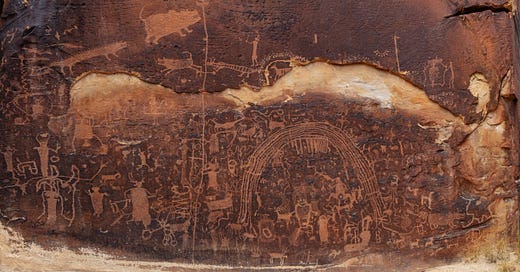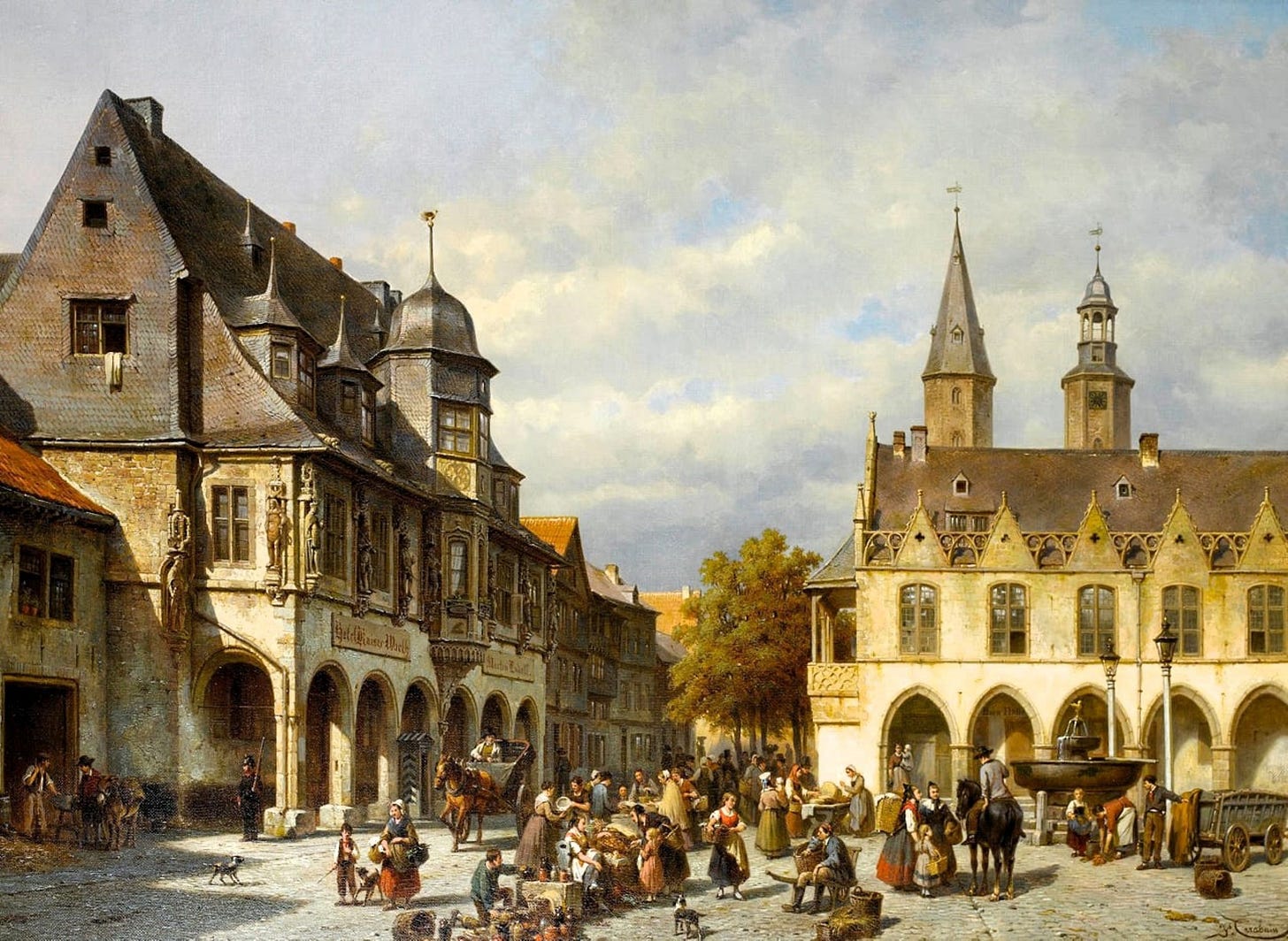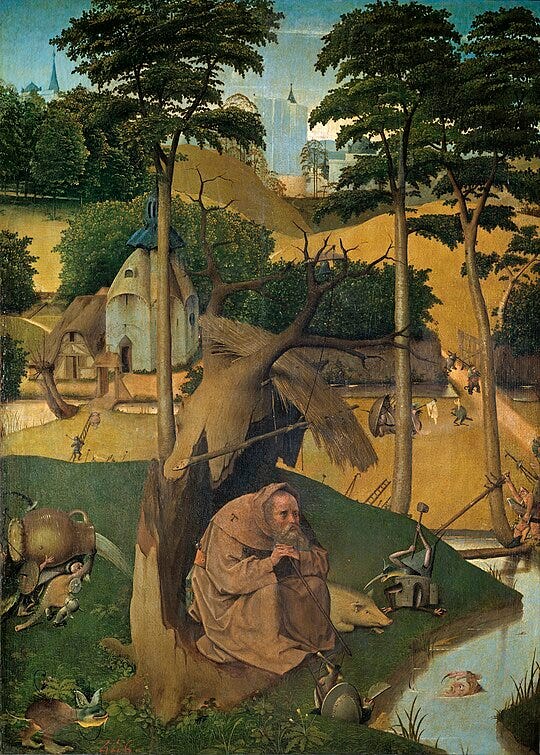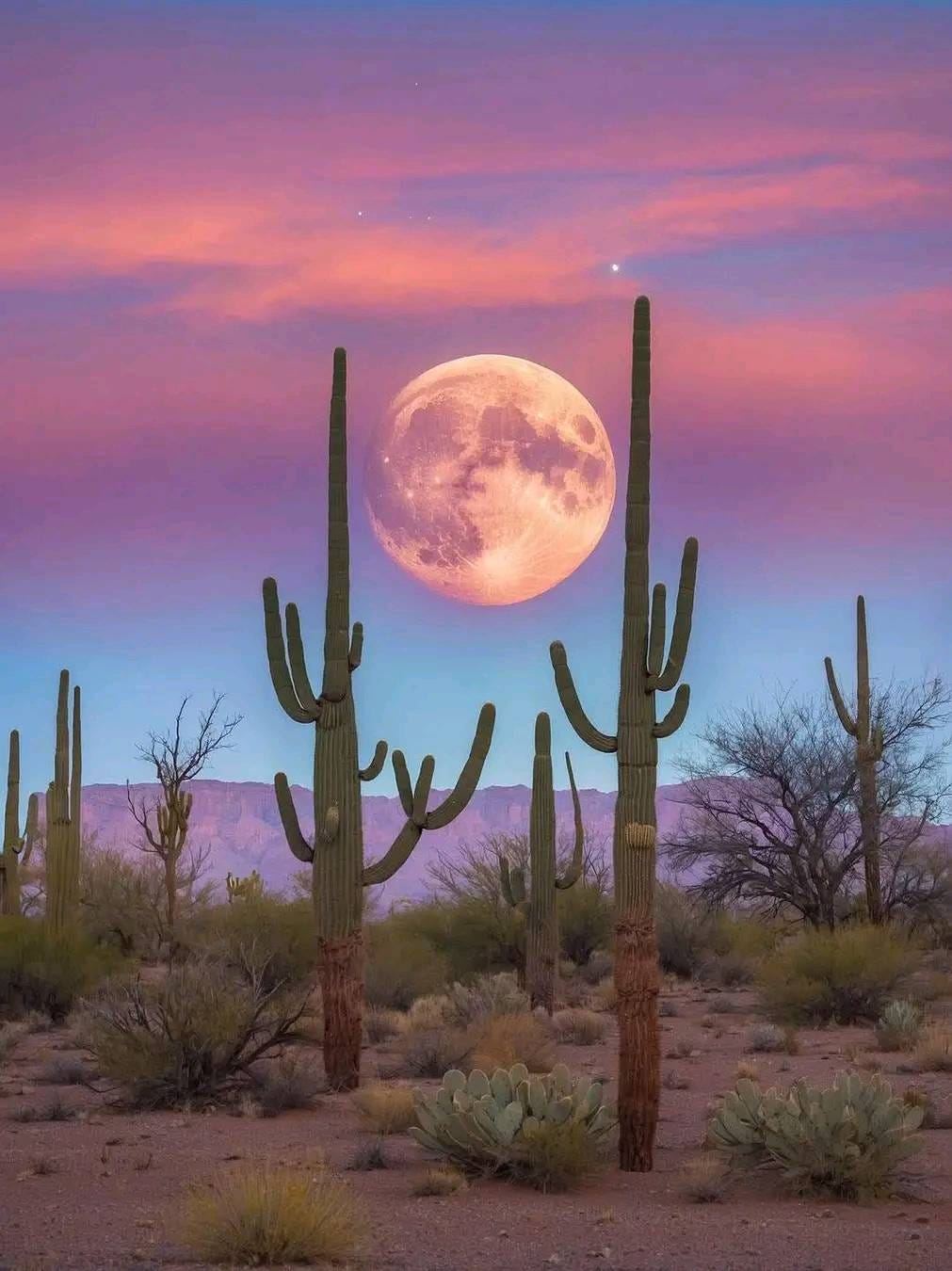How many realities are there? It’s not just about how a thing looks…it’s the whole nature of a person or place. Reality has depth.
We humans have always been fascinated by the looks of things, but also by its nature, its essence. We were gifted with thinking…and imagination. We could see animals in the clouds or people in rock formations.
We discovered drawing—art. Wow. We could share what something looked like, or seemed to be. It was magic.
Later, skilled painters could depict people or a time or place and that picture entered your brain as the truth, the established reality. But art—painting—has never presented itself as the absolute truth. It has always been regarded as an interpretation of a reality—optical illusion: creativity.
Creativity was lauded. We let our minds soar into realms beyond the limits of logic. Hieronymus Bosch flew in different directions and dove into the depths of fantastic fantasy.
His human folk and other creatures, devils and angels, can invoke, incite and arouse all that is alive in this universe of insanity…and it exposes that reality as fragile and ethereal.
Then came photography—photos were accepted as truth. “The camera never lies.” But about 10 minutes after the first daguerreotype, picture-wizards began manipulating the images. And before long, “trick photography” was born and thrives today in all sorts of apps. Initially waved off by serious photographers as “amusements,” it has become a means to create alternate truths.
This image was passed off on a Facebook site as Saguaro National Park. It’s not. I know. I’ve hiked the Park many times. (And saguaros don’t look like that). But the majority of Facebook responders thought it was real…and want to visit.
So, yes, there is a new trick-master in town that’s way beyond Photoshop. Artificial Intelligence. It is here to stay and it’s taking over. It is already creating its own reality. A reality so convincing, even in its toddler phase, that we can easily lose track of truth altogether.
AI is a force that will soon overpower us—as well as its makers. Style and technique are easy pickings—not just in art but in all areas of human expression. It is already reaching beneath surface appearances to the essence of human life. The ultimate con.
Yes, it can be pretty…dreamy…seductive…you can do it yourself online—but can AI be as imaginative as Hieronymus Bosch or feel the deep pain and desolate hopelessness that can shake your very soul? What about the ecstasy that comes from being truly alive and conversing with the unfathomable mysteries of nature?
And what happens to art and artists? Does the world get perfect art? True art is anything but perfect. At best, and I mean best, it is a portrait of imperfections just like the artists who are making it. Art has to be alive, truly alive…something AI can never be.
As it recreates reality, what happens to us who have PTSD? Can we manage if nothing is certain? Even if we are reaching for the divine, for spirituality, we can’t allow ourselves to abandon authenticity. We all need something to hold on to. We will need to reach for reality.








